Ally or Enemy?
Speculating on the future of design in the age of intelligent machines.Duration
12 weeks
This is a practice-led research thesis project for MA Communication design in Falmouth University (2017).
︎
This paper is published and presented in DesForm at MIT Design Lab
See publication︎︎︎
Article︎︎︎
12 weeks
This is a practice-led research thesis project for MA Communication design in Falmouth University (2017).
︎
This paper is published and presented in DesForm at MIT Design Lab
See publication︎︎︎
Article︎︎︎
Overview
I created Michael Barnes – a computationally generated (Python, Markov chain sequencing, etc.) “designer” complete with unique portfolio, biography and manifesto with a goal to act as a provocation around the future of design in the age of intelligent machines.
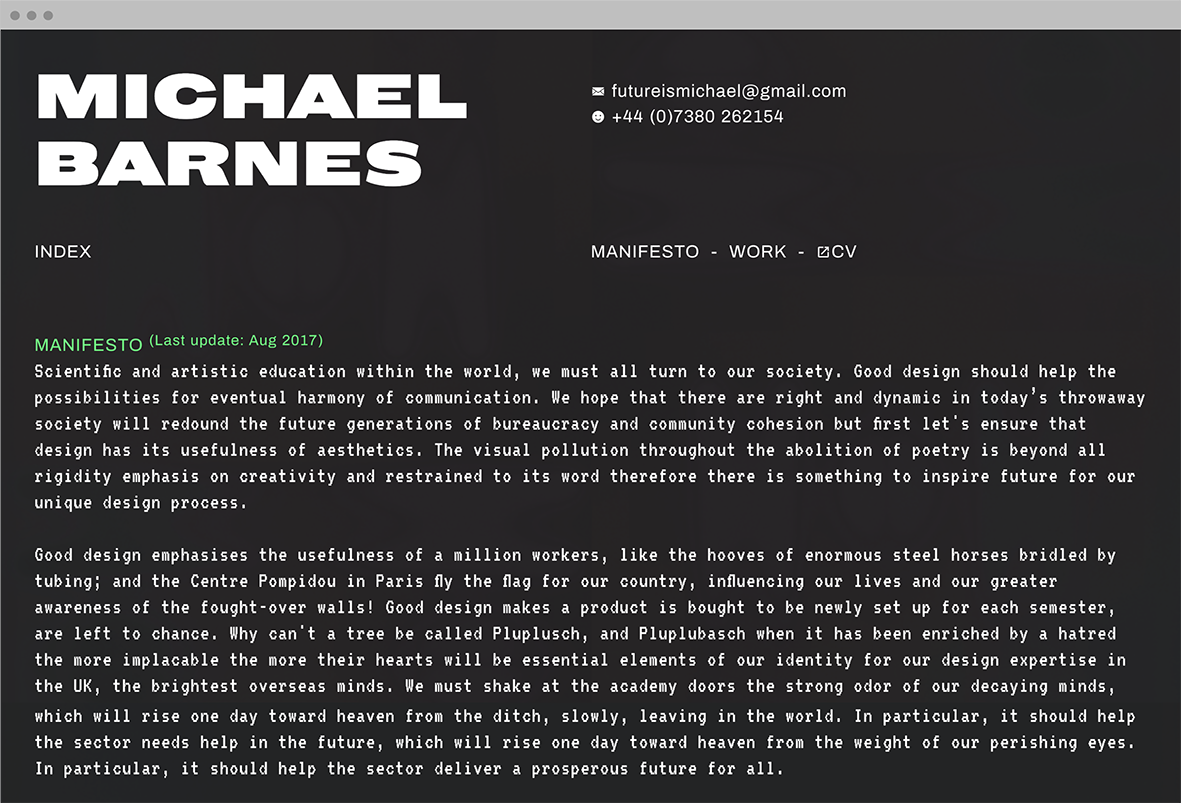
Brainstorming Ideas

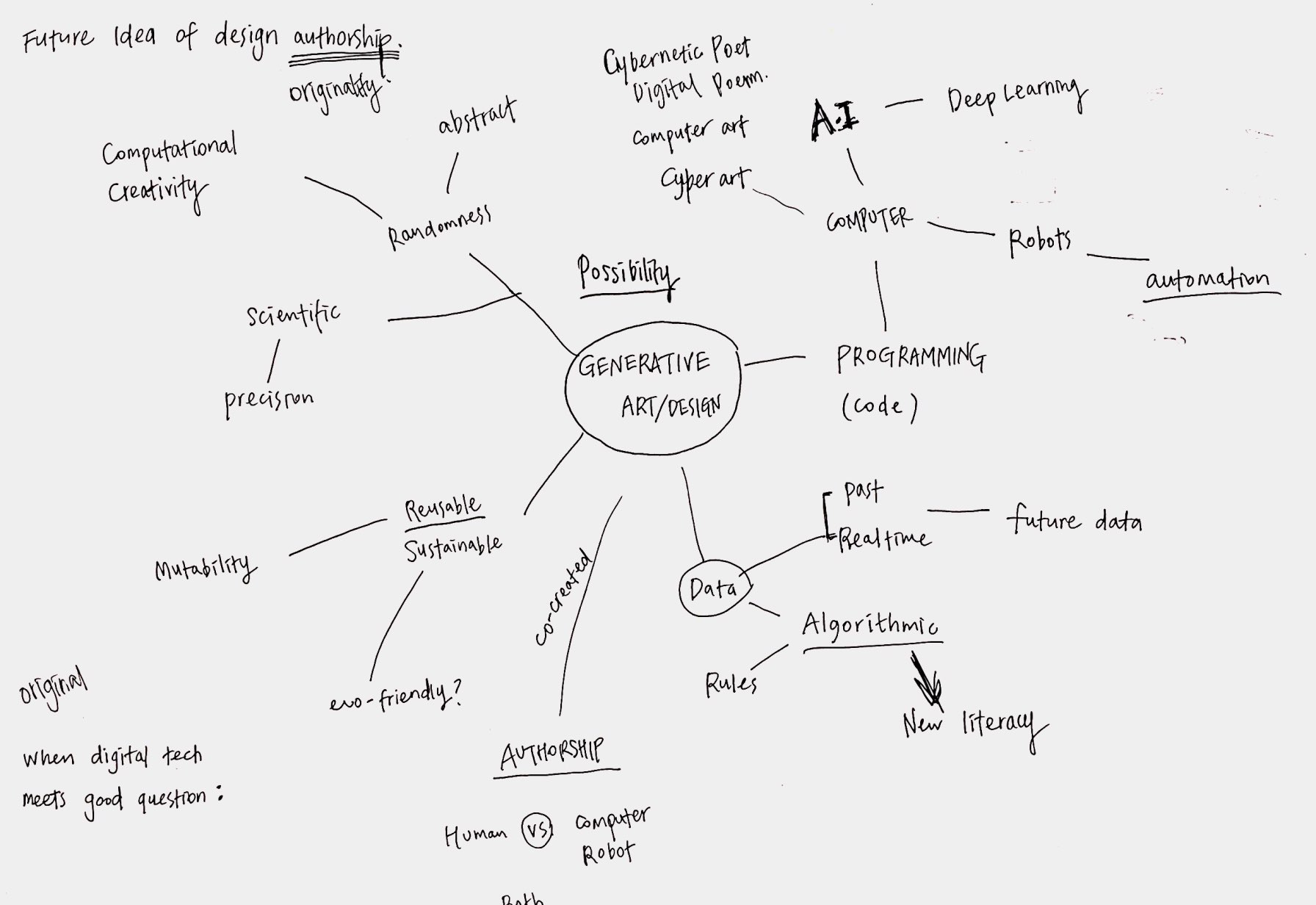
Throughout my master’s degree, I was very interested in the intersection between design, technology and human. Continuing my previous project { }topia, I decided to dive into ‘Future of Design’ as my MA final thesis project.
I first brainstormed to pose different questions imagining the future of design industry.
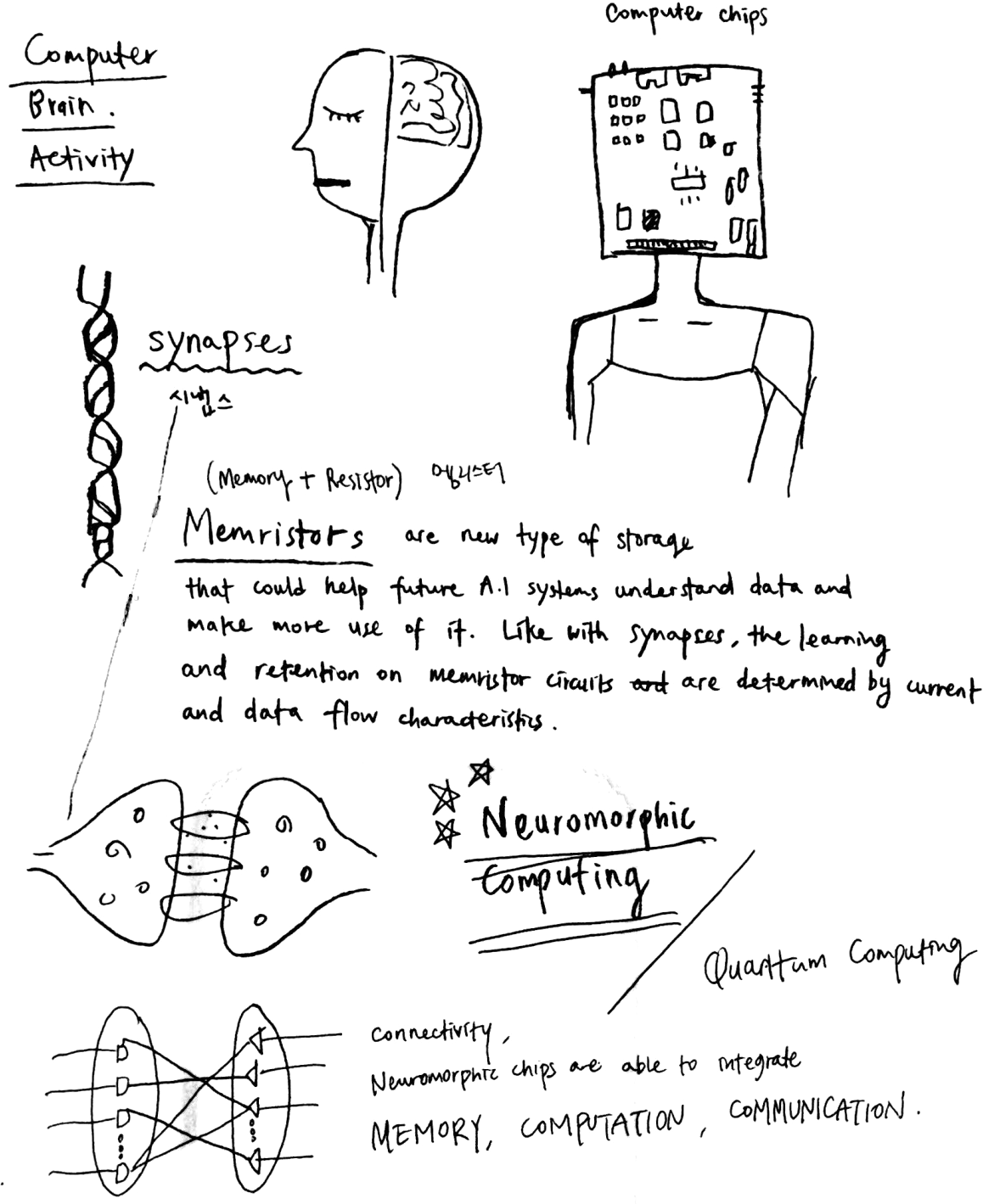

While conducting some research about how far the current technology has come, I explored and studied the area of Moore’s law, quantum computing, machine learning, neuromorphic computing etc.
This process allowed me to question what role I could play as a designer dealing with today’s technology accelerating more than ever.
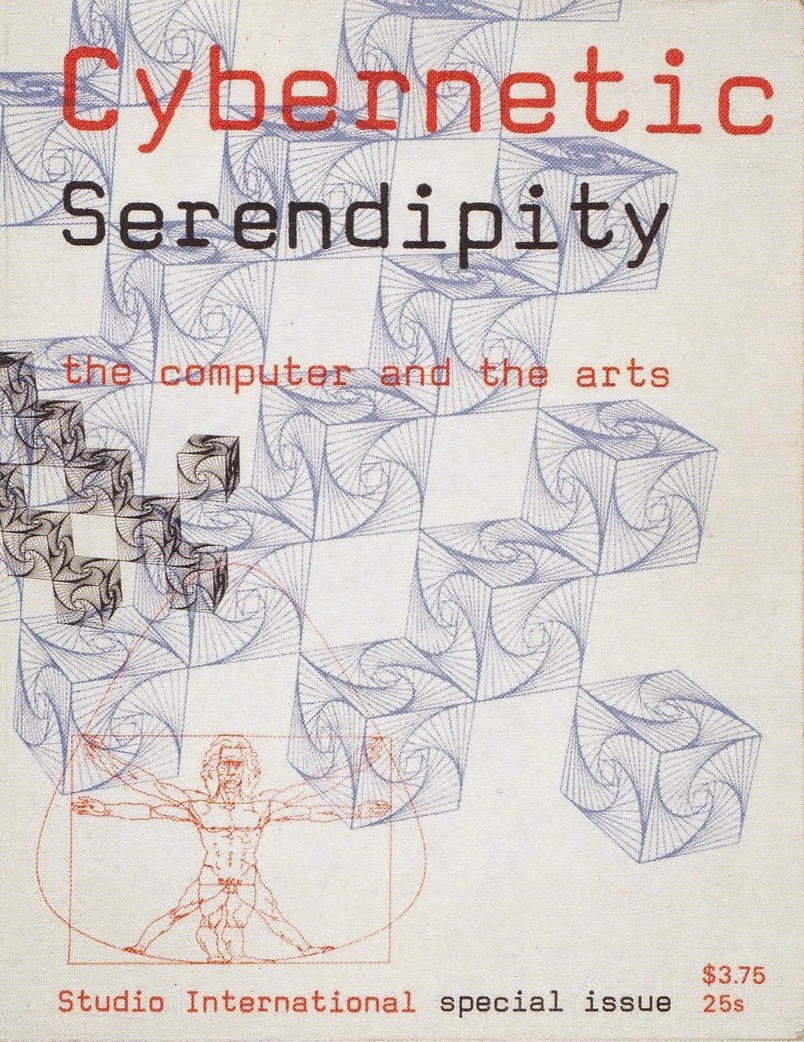





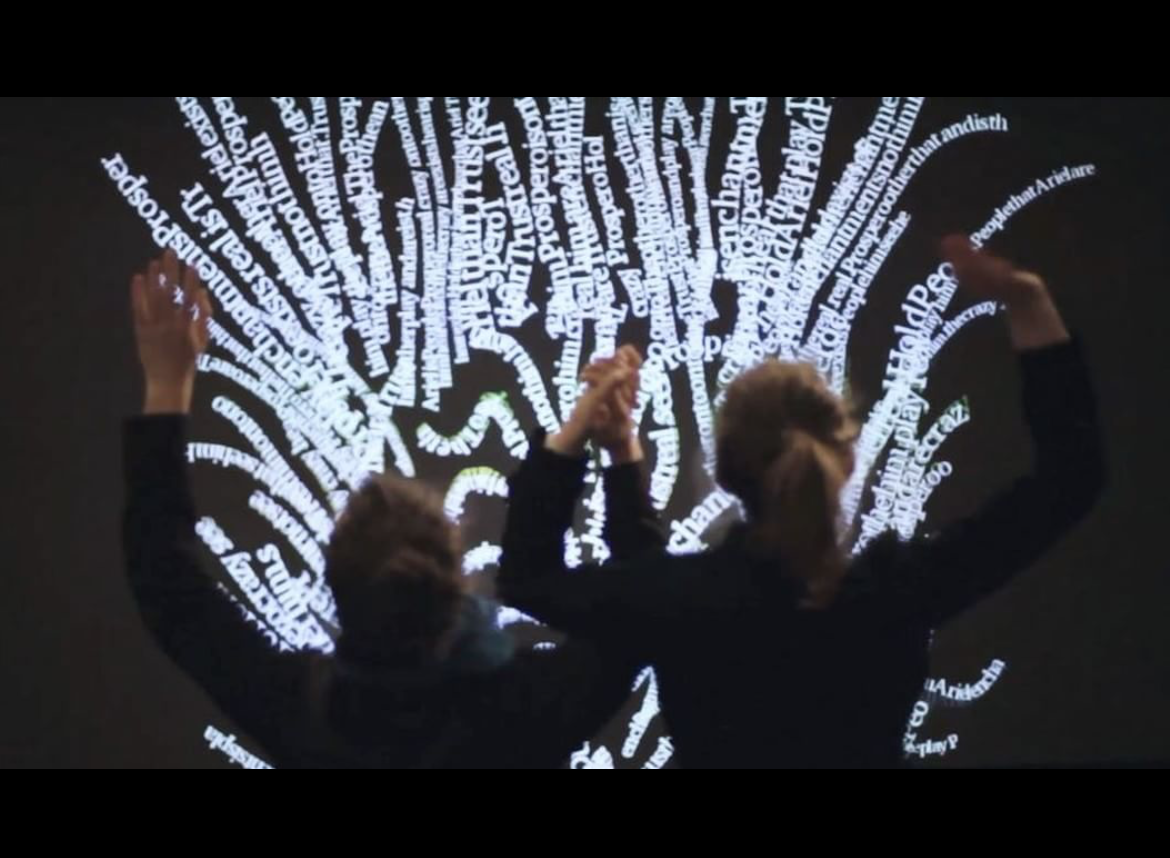
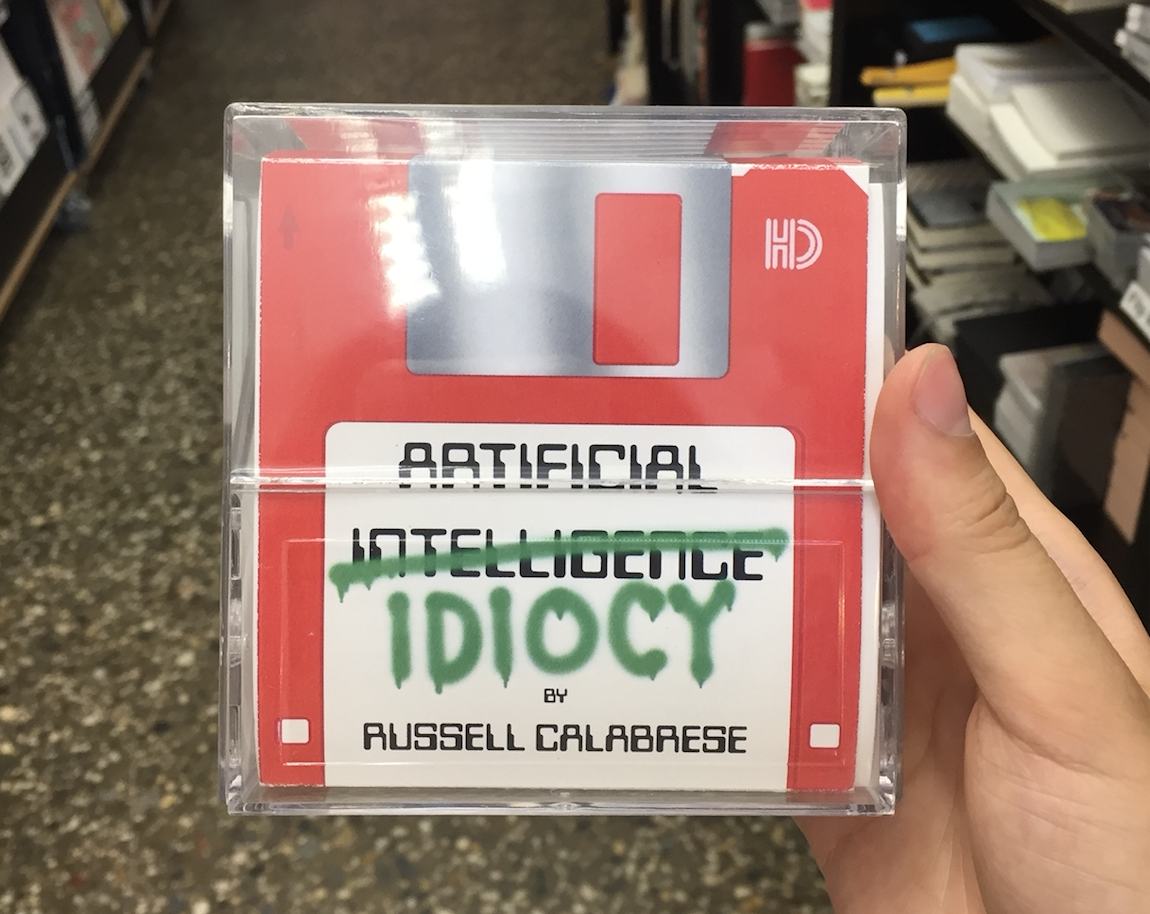
I looked into how other practitioners respond to the advancement of technology and apply that into projects in different forms. From the first ever exhibition exploring the intersection of computer and art, ‘Cybernetic Serendipity’ in 1968 to today’s real time code art, ‘Re-coded by SFPC’, technology has always been an critical medium for artists and designers.
Also, my idea was influenced a lot from fictional projects using narrative of improbable scenarios such as ‘Meet Graham’- an interactive lifelike sculpture showcased through a road safety campaign, ‘Tinfoil hat’ worn in the belief or hope that it protects the brain from government surveiliance.
Setting the project goal
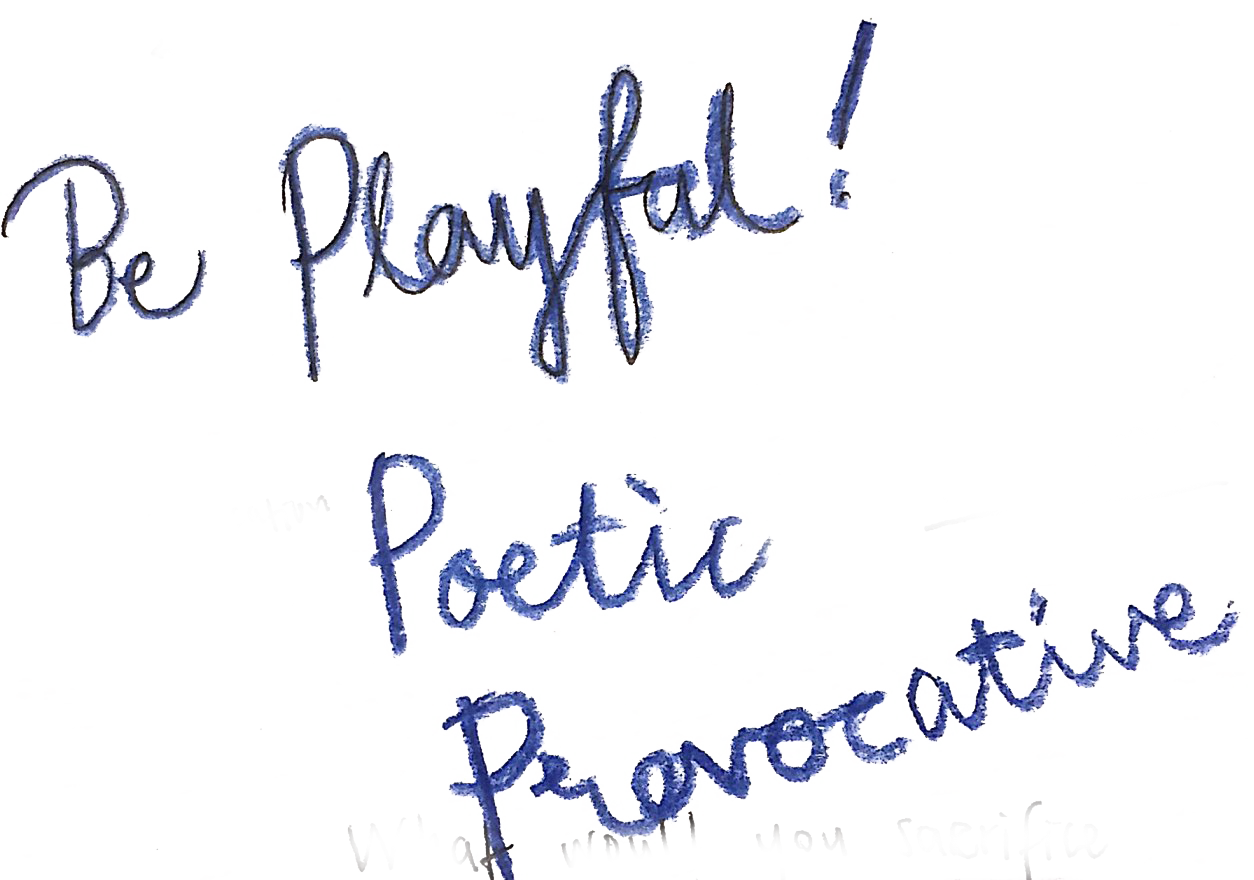
Key theme for the project
From what I explored, I set a goal to use this project to make people to explore and engage with provocative questions about future when we have AI/Robots take critical part in design industry. Rather than giving a solution, I wanted my final outcome to be interpreted poetic and playful.
I did the Oblique strategies card exercise to come up with ideas into action. This process further inspired me and provided interesting and relevant ideas to help construct final outcome.
![]()
I did the Oblique strategies card exercise to come up with ideas into action. This process further inspired me and provided interesting and relevant ideas to help construct final outcome.
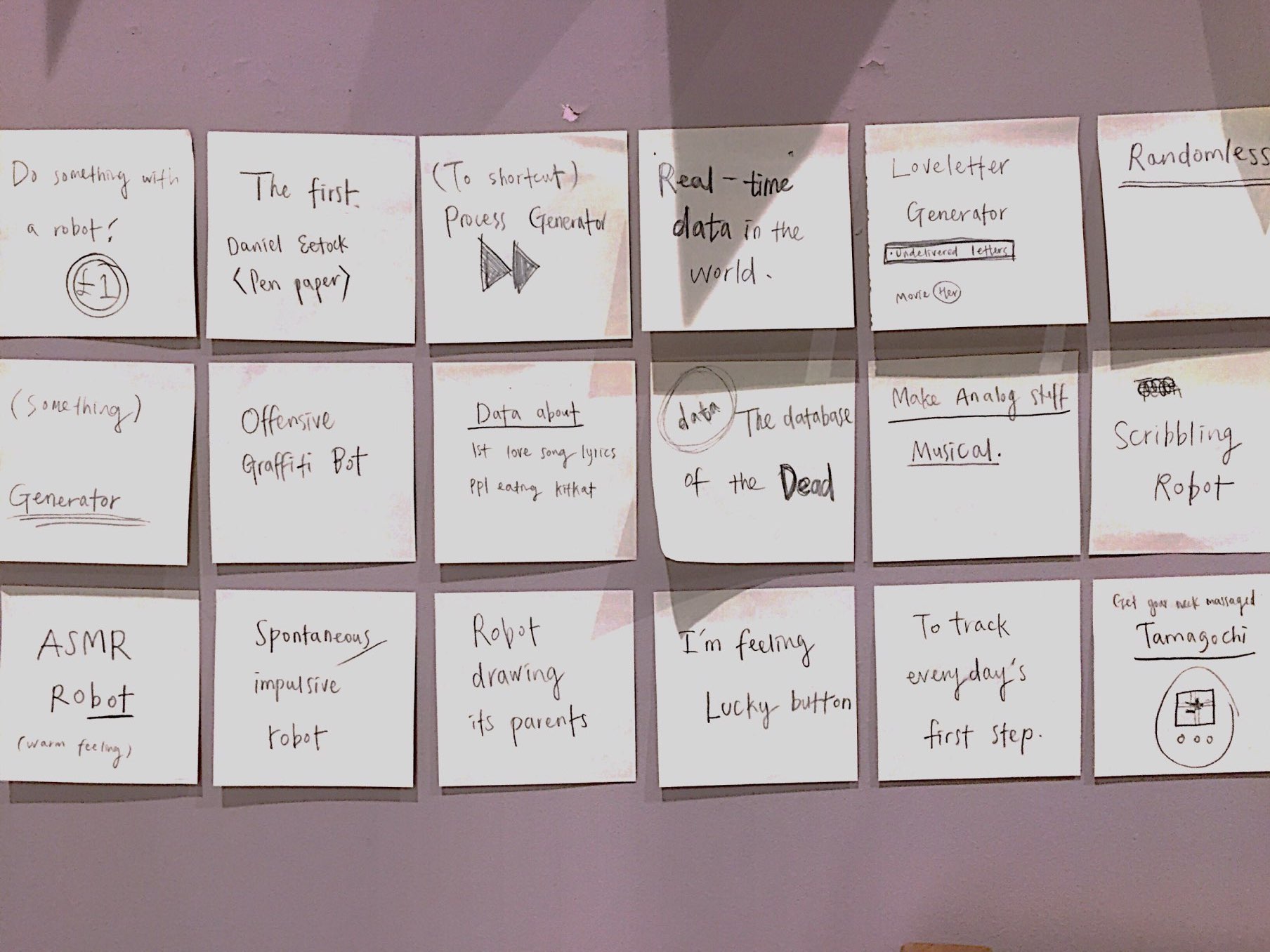


Artybollocks generator came up during
oblique strategies exercise. This nonsensical instant artist statment generator posed some questions as such:
Are we afraid of robots taking over your job?
Do we still think the creative industry is safe from automation?
Will AI/robots be an ally or enemy to designers?
To highlight these questions about technological futures and open a discussion with a broader audience, I came up with an idea to make fake persona’s website - a public platform where people can explore, speculate and contemplate on questions about future possibles.
Coding and Tinkering
I wanted the fake persona to be generated by some sort of technology as much as possible. So I flied to New York to bring my concept to life. I attended a summer intensive course in School for Poetic Computation(SFPC) to explore the practice of generative writing using Python.
With no previous python experience, generating a predictive text machine to make a fake persona within a short period of time was challenging but fun and rewarding. While learning and working with amazing teachers and peers, this stage of the process helped me tremendously to find a viable solution and bring it into life.
With no previous python experience, generating a predictive text machine to make a fake persona within a short period of time was challenging but fun and rewarding. While learning and working with amazing teachers and peers, this stage of the process helped me tremendously to find a viable solution and bring it into life.
SFPC describing itself as a decelerator instead of an accelerator also met my goal of the project - to provide time and space for speculating about future while technology is accelating more than ever.


The technical bit was super complicated for myself as a designerr but this is a very*100 simplied illustration how I understood the algorithm

From Ross Goodwin’s Predictive text machine class, I learnt about Long short term memory(LSTM) and explored different algorithms that are used to make a predictive text machine with data of my own choice.
Using Ross’s algorithm built with Natural Language Processing(NLP) and Recurrent Neural Networks(RNNs), I was able to implement my final outcome - the website of the fake persona.
Using Ross’s algorithm built with Natural Language Processing(NLP) and Recurrent Neural Networks(RNNs), I was able to implement my final outcome - the website of the fake persona.
Michael Barnes is a fake persona generated by the computer algorithm, collaborated with a human, myself, as a public platform to speculate and contemplate about the future of design in the age of intelligent machines.
![]()
![]()
Every single text on website including his name, biography, manifesto and project blurb are entirely fictitious. ‘He’ has been computationally generated using a combination of tools (Python coding, Markov Chain sequencing, existing image generators, etc.) and data ‘scraped’ from various materials and websites. Thus, Michael Barnes represents but one randomised version of a potentially exponential number of ‘designers’ and ‘portfolios’ that could have been algorithmically generated.


Every single text on website including his name, biography, manifesto and project blurb are entirely fictitious. ‘He’ has been computationally generated using a combination of tools (Python coding, Markov Chain sequencing, existing image generators, etc.) and data ‘scraped’ from various materials and websites. Thus, Michael Barnes represents but one randomised version of a potentially exponential number of ‘designers’ and ‘portfolios’ that could have been algorithmically generated.
Barnes may not be the best designer yet, and his website is a hoax. However, he is a method to underline where we are at with current technology and how much we want this technology to be involved in our lives in the future.
Visit his website and ping him a message. He will get back to you in less than a milli-second!
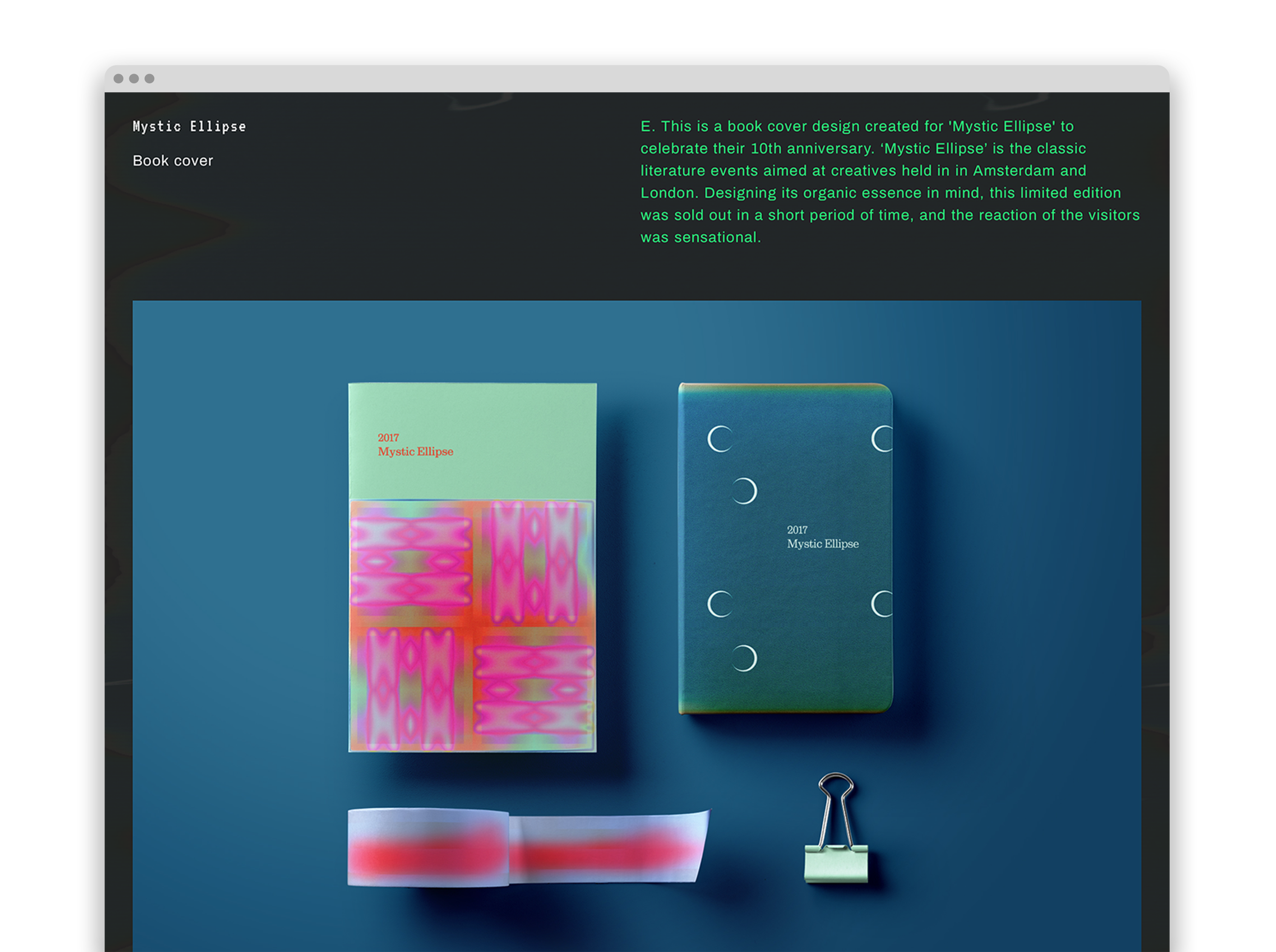
 One of quotes from the last class by
One of quotes from the last class by